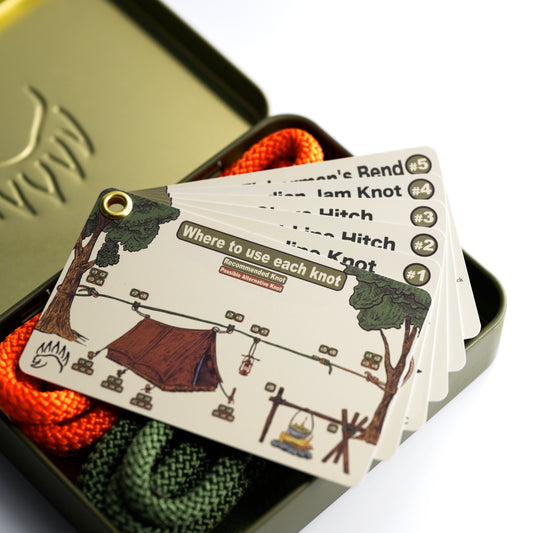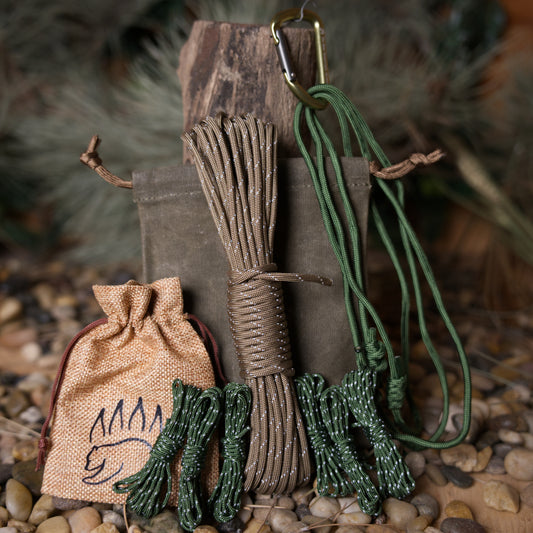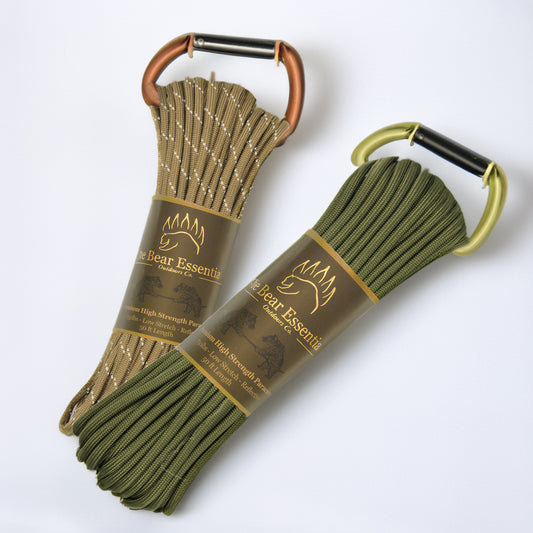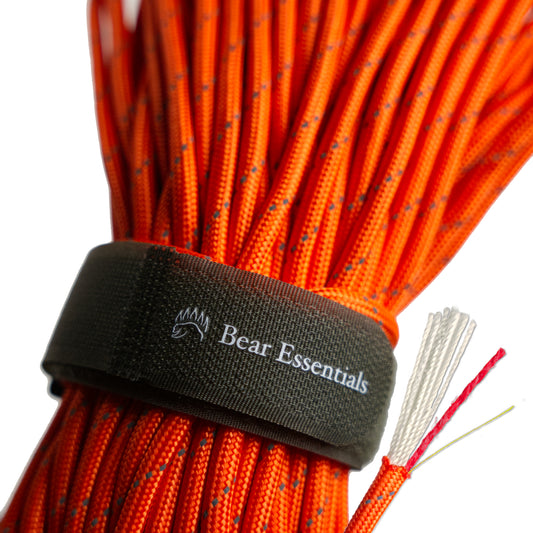How to Tie the Honda Knot (Lariat Loop)
Usage
The Honda Knot, also known as the Lariat Loop, is commonly used to create a fixed, slip-resistant loop for lassos in bushcraft and utility tasks, ideal for roping or throwing. Compared to the Bowline, it’s more secure for dynamic loads like roping livestock, with a stopper knot enhancing stability. Its durability is valued, but it can be tricky to tie with stiff ropes. This knot is a favorite for ranching and survival skills. The main downside is its complexity for beginners.
Why Learn the Honda Knot (Lariat Loop)?
Its robust loop ensures reliable roping performance. This knot is a go-to for bushcrafters and ranchers needing strong, fixed loops.
- Slip-resistant: Maintains a secure loop under dynamic tension.
- Strong hold: Ideal for roping livestock or heavy loads.
- Versatile use: Suits lassos, traps, or utility loops.
- Durable design: Stopper knot enhances loop stability.
- Traditional skill: Essential for ranching and survival tasks.
Common Uses
-
Bushcraft:
- Creates lassos for roping animals or gear in survival settings.
- Forms secure loops for traps or tool-making.
-
Utility:
- Ties fixed loops for securing loads or equipment.
- Attaches ropes for dragging or hanging objects.
ABOK Number
(Ashley Book of Knots)
Other Names
Category
|
Notable Features
- Fixed Loop: Creates a secure, non-slipping loop.
- Stopper-Enhanced: Incorporates a stopper knot for added stability.
- Dynamic Load Resistant: Holds well under roping tension.
- Bushcraft Essential: Great for survival and outdoor tasks.
- Traditional Knot: Deep roots in ranching and cowboy culture.
Variations
No true variations listed in the provided data. For added security, you can tie a double overhand stopper knot, though this may increase bulk.
Similar Knots
Bowline vs. Honda Knot
- Pros: Easier to tie and untie, widely used for fixed loops.
- Cons: Less secure under dynamic loads like roping compared to the Honda Knot.
Perfection Loop vs. Honda Knot
- Pros: Tighter and more streamlined for fishing or fixed loops.
- Cons: Less suited for heavy, dynamic roping tasks.
History
The Honda Knot, referenced in The Ashley Book of Knots (#227), originated in ranching and cowboy traditions, particularly in the Americas, where lassos were essential for herding livestock. Its slip-resistant loop made it a staple for lariat ropes, with the stopper knot ensuring durability. Its use in bushcraft and survival reflects its reliability for roping and tool-making.
Security Level
The Honda Knot provides reliable strength for dynamic loads when tied correctly, securely holding loops for roping or heavy tasks. It performs best with strong, flexible ropes and a tight stopper knot. For critical applications, ensure proper tension and consider a double stopper knot for added security.
Downsides
- Complexity: Tricky for beginners, especially with stiff ropes.
- Bulkiness: Stopper knot can add bulk, limiting use in tight spaces.
Structure
- Tie an overhand knot near the rope’s end, leaving a short tail.
- Pass the working end through the overhand knot to form a loop.
- Bring the working end back and wrap it around the standing line, passing it through the loop again.
- Tighten the loop to the desired size, ensuring the overhand knot acts as a stopper.
- Test the loop to confirm it holds without slipping under tension.
Pro Tip: Keep the overhand knot tight and use flexible rope for easier tying and greater security.
FAQ
Is the Honda Knot strong enough for roping livestock?
Yes, it’s designed for roping and holds well under dynamic loads when tied properly.
What’s the best rope for the Honda Knot?
Flexible, strong ropes like 8-10mm nylon or hemp work well for lassos.
How does the Honda Knot compare to the Bowline?
The Honda is more secure for roping, but the Bowline is simpler and easier to untie.
Can the Honda Knot be used outside of roping?
Yes, it’s great for fixed loops in bushcraft traps or utility tasks.
Why choose the Honda Knot over a Perfection Loop?
It’s stronger for dynamic loads like roping, though less streamlined.
Important Notes on Safety
Common failure points include a loose stopper knot or improper loop tension, which can cause slipping. To combat this, use an ashley stopper knot. Always verify the knot is tight and secure before use, especially for roping. Check the rope for wear or stiffness before tying. Ensure the stopper knot is snug to maintain loop integrity. Practice in low-stakes settings to master the technique.







